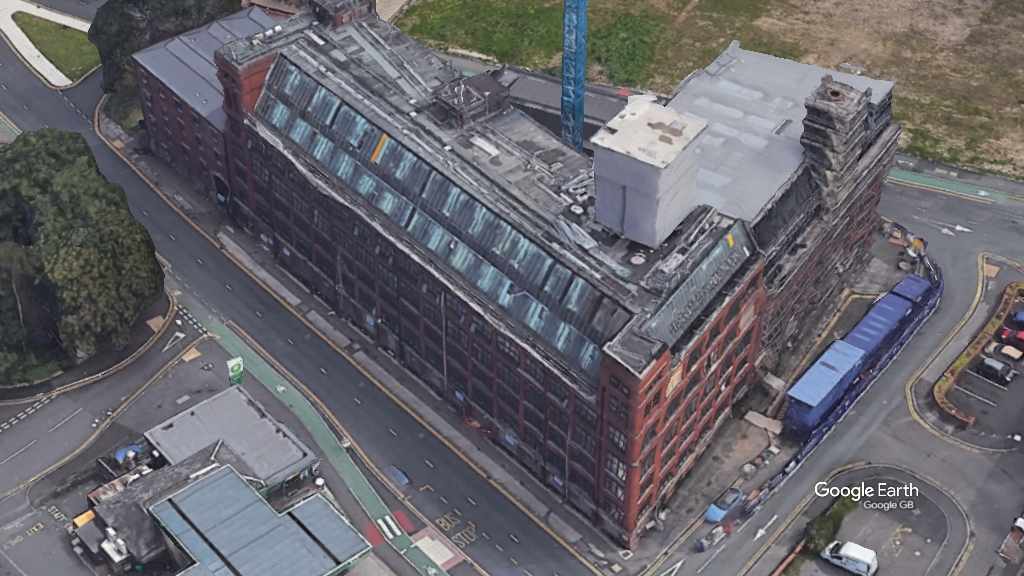Is the PFI model really finished?
 Ben Hughes, assistant director at Drivers Jonas Deloitte in Manchester, contemplates life without private finance initiatives in the new funding climate.
Ben Hughes, assistant director at Drivers Jonas Deloitte in Manchester, contemplates life without private finance initiatives in the new funding climate.
PFI is viewed as a more expensive way of delivering a project and the repayments can stick out like a sore thumb on the revenue balance sheet of an NHS-type client or similar, when compared with capital procurement.
But is this really the case?
A public sector, capital-funded project may still actually be financed, with the interest attributed to this borrowing simply washed-up with all other public sector debt rather than being assigned to the project. It is this contention that contradicts the assertion that PFIs are more expensive.
In the wake of diminishing resources, cuts to capital budgets and nervousness still evident in the funding markets, where will the hundreds of millions of pounds come from to pay for the new schools, colleges or hospitals that are needed before the debt has been repaid in full?
It's important that value for money – the Holy Grail for any project – isn't seen simply through the narrow prism of construction cost or annual rental calculations, however dire the nation's finances are.
While the building itself is constructed, the contracting authority are also procuring a maintenance contract over the term of the contract, so it is unfair for a PFI deal to be judged on a like-for-like basis with other construction projects.
If PFI funding can deliver a much needed facility that would otherwise be unachievable, such as a new hospital, then should we still assess value for money in such a binary way?
Equally, if reduced capital budgets prompt some clients to return to lowest cost tendering as the means of getting things done then all the hard earned lessons of the past – delays, spiralling costs, poor design and future maintenance problems, will soon be back.
One argument is that the PFI model encourages far better design and management of the building – which ultimately becomes an asset shared by the developer and the client.
At the same time, the need for new buildings to meet high BREEAM standards and efficient EPC ratings keeps sustainable design on the agenda. However, forcing down cost means such aspirations might have to be scaled back.
PFIs and PPPs continue to play an important role in the North West's property landscape on a range of different schemes from Liverpool's Central Library to new school building in Halton.
Even in broader terms outside the PFI or PPP model, the region continues to showcase schemes which look to harness the benefits achieved when the public and private sectors combine – such as joint venture projects like Lancashire Care's and Ryhurst's new mental health hospital being built near Blackpool.
It's better for everyone that we revise the model and approach it sensibly than not build at all.




